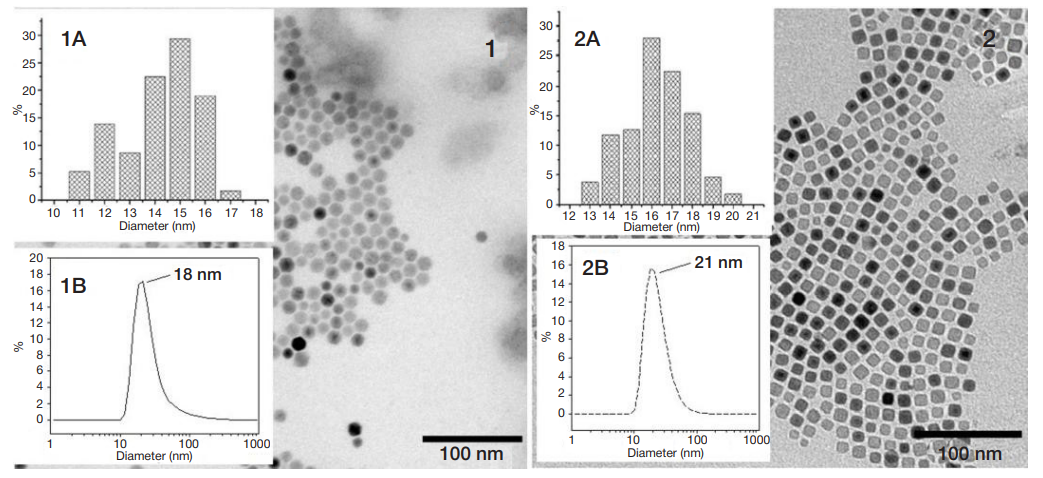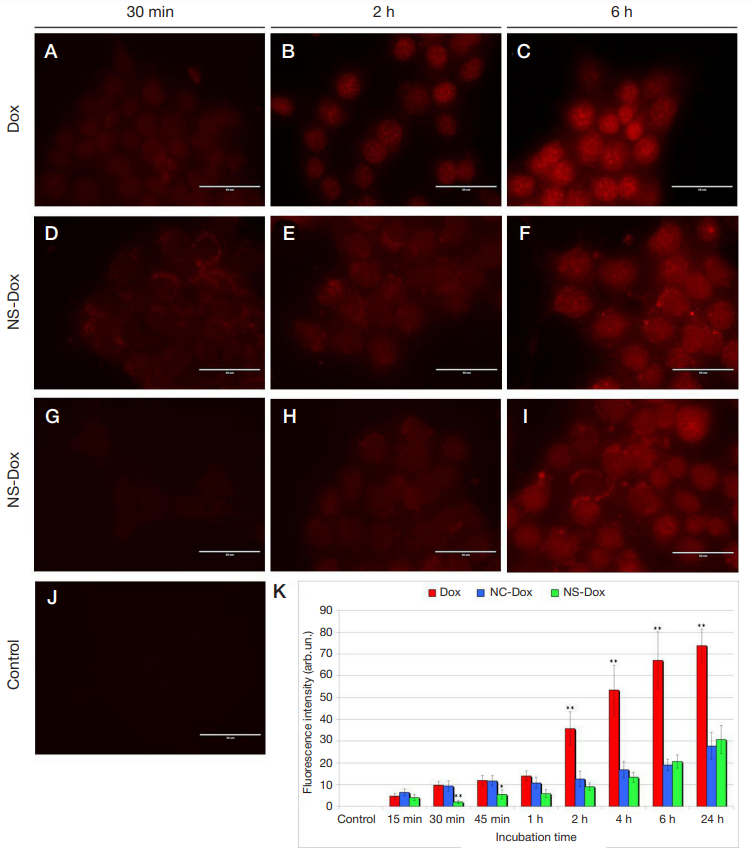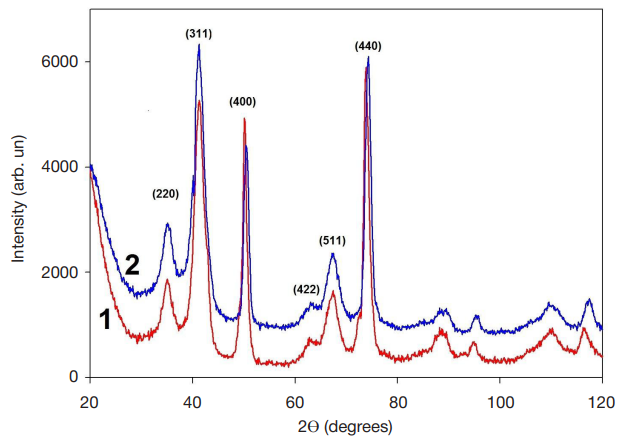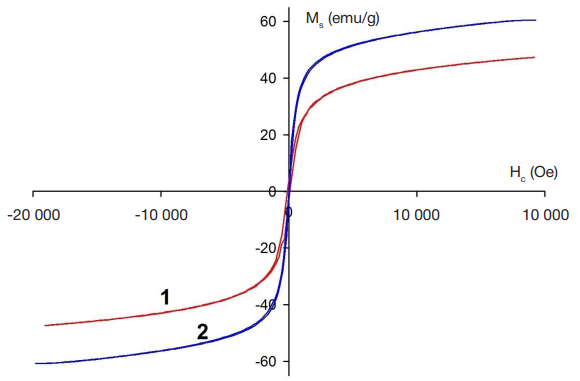
This article is an open access article distributed under the terms and conditions of the Creative Commons Attribution license (CC BY).
ORIGINAL RESEARCH
The use of iron oxide magnetic nanospheres and nanocubes for targeted doxorubicin delivery into 4t1 mouse breast carcinoma cells
1 Laboratory of Biomedical Nanomaterials National University of Science and Technology MISiS, Moscow
2 Research Laboratory of Tissue-Specific Ligands, Faculty of Chemistry, Lomonosov Moscow State University, Moscow
3 Department of physical materials science, National University of Science and Technology MISiS, Moscow
Correspondеnce should be adressed: Timur R. Nizamov
Leninsky 4, Moscow, 119049; moc.liamg@rumit.vomazin
Funding: the study was supported by the Ministry of Education and Science of the Russian Federation in the context of the Agreement #14.578.21.0201 (project code RFMEFI57816X0201).







